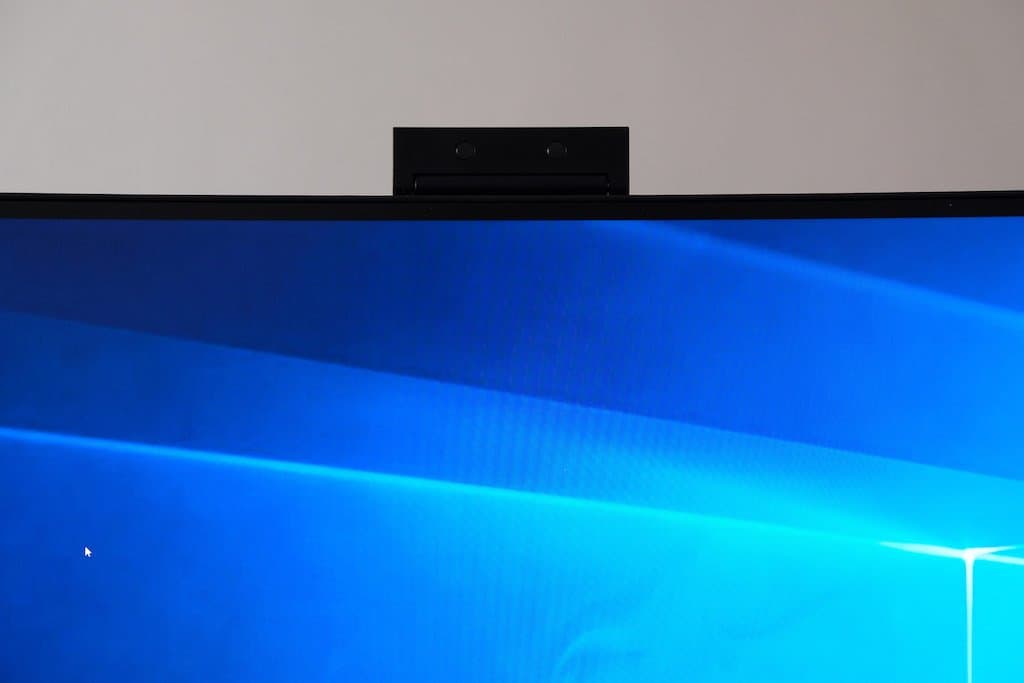We have been working from home for over a year now, and by now, everyone has found their way of working from home. However, as an employee, you sometimes have to give up something, like privacy. At the same time, it can be a major annoyance for managers if their employees always have the camera turned off in meetings. What is the best solution: to switch the webcam on or off during meetings?
The question has been asked in many organisations in the past year: to what extent can you call on people to switch on their webcams? There are no rules for this. Moreover, it is also situation-specific. In a team update with 50 people where you do not say anything, it is considerably less important to turn on your webcam than in a meeting where you are presenting.
Webcam on or webcam off
On the other hand, you can come across a certain way if you do not switch your webcam on. After all, it is not very pleasant for someone giving a presentation to be looking at all those black boxes instead of people who are listening in and getting carried away with the subject. Especially if there is a discussion, for example, it is nice to have some visual support. After all, communication is much more than just words.
It is, therefore, not so much a question of whether or not you have to do it, but more a kind of courtesy towards each other. It can sometimes feel a little awkward because, in a lecture hall, you always look at the speaker and don’t really see the other person’s face. Now everyone sees each other’s faces, and you never know who is looking at you. You know, in real life. As a manager, be aware that very self-confident employees may have difficulties and try to coach them if necessary.
Some people experience the webcam as a breach of their privacy. Suddenly you are showing your colleagues your home, while you may not want that at all. Fortunately, you do not necessarily have to show your home (or another location where you are at the time). For example, it is possible to “blur” the background. There are also virtual backgrounds. In Zoom, these are a few images that you can choose from, but it is also possible to upload your own image.
Tips for video meetings
A tip is to make sure your camera is at eye level. This makes it easier for people to feel like they are just making eye contact with you. Moreover, a camera that films from below without your consent can give a somewhat inflated and arrogant image of you. Look at films and how small world leaders like to be filmed: from below, you appear taller and more powerful.
Moreover, if your camera is at the right height, ensure good lighting, so you do not appear overexposed or as a black shadow. A ring LED lamp, for example, can provide good light if it is difficult to reach in the place where you have made your home office. Also, always inform your family members or housemates that you are in a meeting and the webcam is on.
In the end, it is wise to turn on your webcam, especially if the situation in your living room is quiet (no children running around) and you look like you would if you were in the office. It is not compulsory, but it shows a certain amount of respect and professionalism towards your colleagues. People can see you, know they have your attention, and the conversation feels more human than when only a voice can be heard.
Real connections
At the same time, especially if you have many meetings, you can quickly get tired of online conversations. That’s because there’s often a short delay in the ‘line’, so communication doesn’t always go smoothly. Sometimes you can choose to turn off the camera, although it is and remains wise not to do this too often and to show that you are involved as an employee. But above all, make real connections with people because face to face is best, even if those faces appear virtual.
